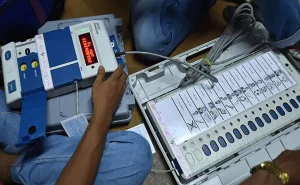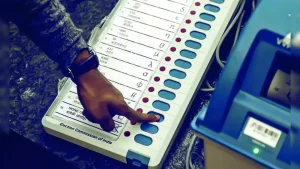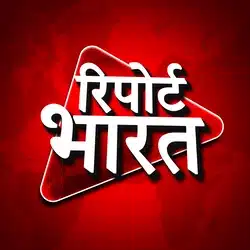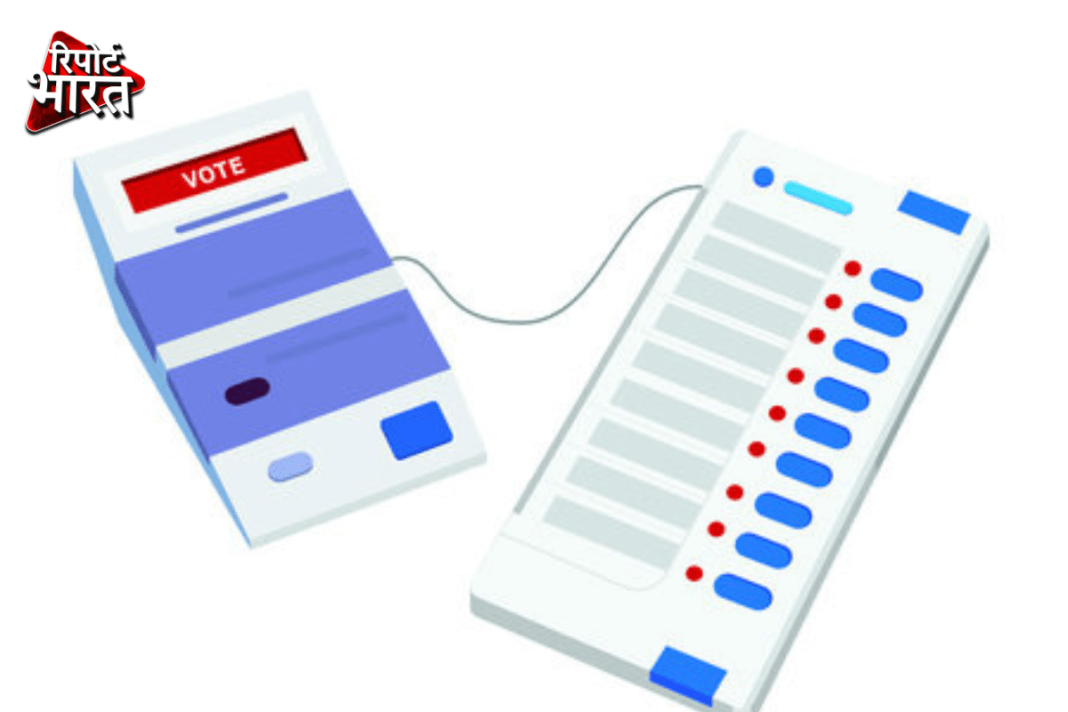In a landmark decision on April 26, the Supreme Court of India affirmed the validity of Electronic Voting Machines (EVM), marking a significant milestone in the country’s electoral history. However, the journey to acceptance was not without its hurdles. Let’s delve into the tumultuous beginnings of EVMs, focusing on the Parur assembly constituency election in Kerala, which ultimately led to their initial rejection.
The Birth of EVM:
In 1980, the Electronics Corporation of India Limited (ECIL) unveiled a prototype voting machine, setting the stage for a potential revolution in electoral processes. Two years later, the Election Commission of India (ECI) decided to pilot test the EVMs in 50 out of 84 polling stations in the Parur constituency during the 1982 assembly elections.

Controversy and Legal Battle to use EVM:
Despite the ECI’s decision, the central government withheld approval for the use of EVMs. Undeterred, the ECI invoked its authority under Article 324, granting it autonomy to make decisions regarding electoral matters. The contentious move led to a showdown between political rivals, with the Congress party contesting the election outcome.
Congress Challenges the Results:
In the election results declared on May 20, 1982, the Communist Party of India (CPI) emerged victorious over the Congress party. However, the narrow margin of victory, coupled with the use of EVMs, sparked allegations of electoral malpractice from the Congress camp. Despite their initial defeat in the trial court, Congress persisted in challenging the validity of EVM-based voting, eventually escalating the matter to the Supreme Court.
Supreme Court Intervention:
The Supreme Court bench, comprising Justices Murtaza, Fazal Ali, Appaji Varadarajan, and Ranganath Mishra, deliberated on the contentious issue. Ultimately, the court sided with the Congress party, citing the absence of legislation regulating the use of EVMs in elections. Consequently, the Parur election results were nullified, and re-polling was ordered for 50 out of 85 polling stations.

Cold Storage for EVMs:
The Supreme Court’s ruling dealt a significant blow to the prospects of EVMs, relegating them to cold storage for two years. Without legislative backing, the future of electronic voting seemed uncertain.
Revival and Evolution:
However, in 1989, the passage of the Representation of the People Act paved the way for the reintroduction of EVMs into the electoral process. Subsequent years saw gradual acceptance and adoption of EVMs, with pilot projects and limited usage in various states. By the 2004 Lok Sabha elections, EVMs had completely replaced traditional ballot papers, heralding a new era in Indian democracy.





